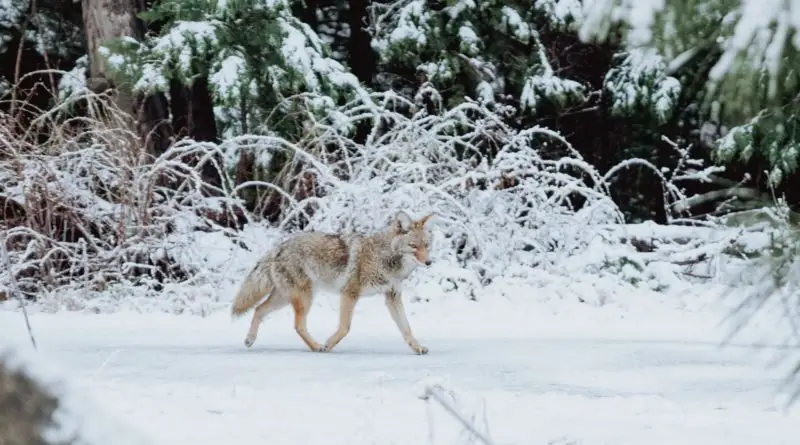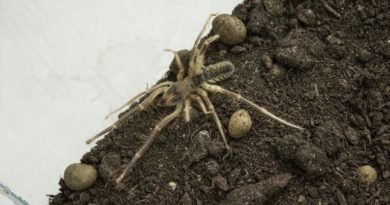Last modified on March 16th, 2022 at 3:28 pm
The Signs of how Seasons can Affect Animals
Animals are quite remarkable because they always find ways of adapting to changing seasons to survive. Some, for example, hibernate all winter long to avoid the harsh climate conditions, while others migrate in search of warm weather and food. If you ever have an assignment to write about seasonal effects on animals, or need help with other assignments, Ez Assignment Help, is dedicated to academic help for students.

Many aspects of animal life and biology, especially those related to procreation, depend on seasonal changes. Certain animals that give birth when food is in short supply, for example, often have a difficult time raising and protecting their offspring. Just like human beings, animals tend to change with the changing seasons.
Just like human beings, animals have the basic need to survive. This need drives them to look for places to breed their young and find shelter, water, and food. To improve their chances of survival, animals need to adapt to their habitats in response to different factors, such as seasonal changes. Basically, an adaptation is a change or modification in an animal or organism’s behavior to improve its chances of survival.
Most people choose their diet, activities, and clothing based on the prevailing weather or season. In the same way, animals adapt to seasonal changes to survive and procreate. However, in the animal kingdom, not all changes relate to freezing weather. Some animals, for example, prefer dry and hot environments, rather than wet and cold ones.
Nature has a way of telling every living thing that the season or weather is about to change. Actually, you do not need to listen to the weather report or watch the calendar to know that a seasonal change is about to happen. Nature will give you clues that things are changing. After all, plants and animals do not count down the days or use calendars to prepare for seasonal changes.
- Changing with the Season
Animals need to study their physical environments to determine the time of year. Referred to as an environmental cue, this process often involves determining the length of a day, which tends to change in a regular pattern throughout the year. During spring, for instance, days tend to be longer as opposed to the shorter days in the fall. Summer days are also longer than winter days.
- Reproduction Photoperiodic
Photoperiodic animals adapt their behavior in response to the length of day throughout the year. Various animals are photoperiodic, for example, garden snails. During seasons when days are longer, common garden snails lay eggs depending on the day’s length. Scientists call this process reproductive photoperiodic.
Although certain animals’ reproduction is photoperiodic, different environmental factors may also affect their reproduction. If the common garden snail is too small or young, for example, it may fail to lay eggs even during summer.
- Nestling
Certain species of birds, such as magpies, tend to parade around with nesting materials while exhibiting unique territorial behaviors. Instead of building nests, other species of birds, such as kookaburras, cockatoos, lorikeets, tawny frogmouths, and owls, raise their young in hollows. Therefore, you might notice some power struggles over prime sites.
- Flying Bats
Micro-bats fall into a deep sleep during winter. When the weather starts warming, however, they begin to wake. During the warm season, you will often hear the chirping sounds made by certain species of bats if you live near a local park with bats. Every living thing lives within a unique ecosystem, which is its natural habitat. This habitat consists of many things, such as other competitors or predators, plants that grow in the habitat, climate, and other things. Animals need to learn how to deal with each of these factors to ensure their survival. When it comes to predicting, identifying, and adapting to seasonal changes, some animals seem to have an invisible and accurate radar that humans lack.




